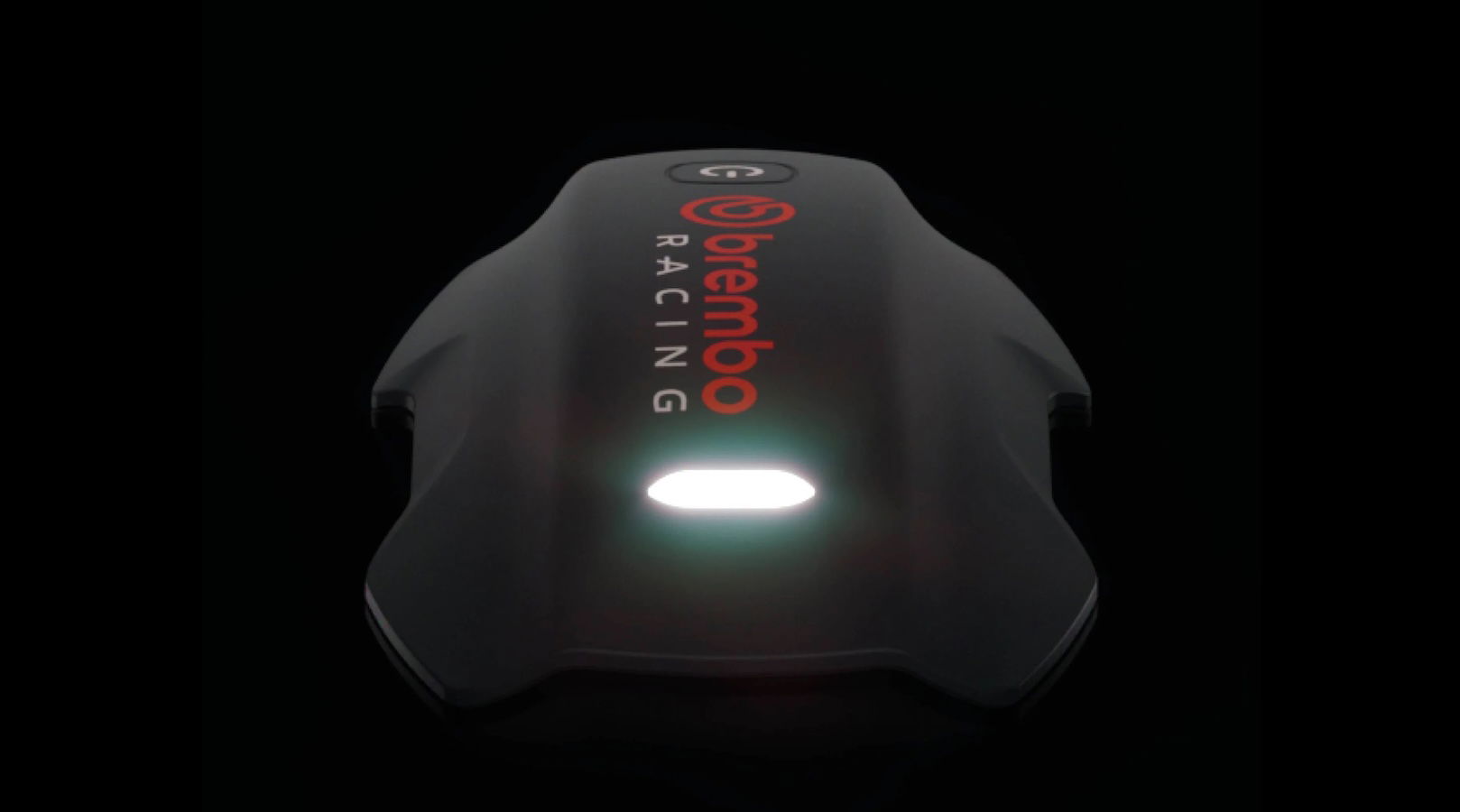Bike-stopping radio pulse demonstrated to police
Radio wave gun can stop engines from 50 metres


A DEVICE capable of stopping motorcycles with a blast of electromagnetic waves has been developed by a British technology firm.
The RF Safe-Stop uses radio frequency pulses to “confuse” the electronics in vehicles, killing the engine and bringing them to a halt.
E2V, one of several companies trying to market such a device, has shown how it brings motorcycles and cars to a halt Throckmorton Airfield in Worcestershire.
The firm has demonstrated the system to police and government forces, and the Association of Chief Police Officers has suggested it could be useful for "safely" stopping motorcycles, according to the BBC.
Police currently stop vehicles using so-called stingers, a strip of tyre-deflating hollow spikes that extends across the road. Because a punctured bike tyre is likely to cause a crash, it can’t be used on motorcycles. The growing number of cars with run-flat tyres also means the stinger’s useful life is coming to an end.
In a demonstration of RF Safe-Stop on a car, dash warning lights and dials behaved erratically as it entered the range of the device, the engine stopped and the vehicle rolled gently to a halt, the BBC reported.
Deputy Chief Constable Andy Holt said the device had "potential, but it's very early days yet".
Prototypes weigh around 350kg, so police would need dedicated vehicles permanently fitted with them.
Its range is up to 50 metres and the pulses have to remain focussed on the target or it will recover and be able to re-start.
Andy Wood, product manager for the machine, said: "It's a small radar transmitter. The RF [radio frequency] is pulsed from the unit just as it would be in radar. It couples into the wiring in the car and that disrupts and confuses the electronics in the car causing the engine to stall."
Of course, criminals could always opt for an older bike, many of which are likely to be immune because they have virtually no electronics. But we didn’t tell you that.











